- News
- Reviews
- Bikes
- Components
- Bar tape & grips
- Bottom brackets
- Brake & gear cables
- Brake & STI levers
- Brake pads & spares
- Brakes
- Cassettes & freewheels
- Chains
- Chainsets & chainrings
- Derailleurs - front
- Derailleurs - rear
- Forks
- Gear levers & shifters
- Groupsets
- Handlebars & extensions
- Headsets
- Hubs
- Inner tubes
- Pedals
- Quick releases & skewers
- Saddles
- Seatposts
- Stems
- Wheels
- Tyres
- Tubeless valves
- Accessories
- Accessories - misc
- Computer mounts
- Bags
- Bar ends
- Bike bags & cases
- Bottle cages
- Bottles
- Cameras
- Car racks
- Child seats
- Computers
- Glasses
- GPS units
- Helmets
- Lights - front
- Lights - rear
- Lights - sets
- Locks
- Mirrors
- Mudguards
- Racks
- Pumps & CO2 inflators
- Puncture kits
- Reflectives
- Smart watches
- Stands and racks
- Trailers
- Clothing
- Health, fitness and nutrition
- Tools and workshop
- Miscellaneous
- Buyers Guides
- Features
- Forum
- Recommends
- Podcast
 Look-vs-Shimano-pedals-Oct-2022
Look-vs-Shimano-pedals-Oct-2022Look vs Shimano pedals: which clipless pedal system is best for road cycling?
Shimano SPD-SL and Look Kéo are the two most popular and some of the best clipless pedal designs for road cyclists. They look very similar so to help you decide which to choose, let’s take a deep dive into the details of the two systems.
Both Look Kéo and SPD-SL pedals work in the same way: you hook the front of the cleat into the nose of the pedal and press down. A spring-loaded mechanism at the back of the pedal then grabs the cleat, holding your shoe in place until you twist sideways to release.
Does it matter which you choose or are they really as similar as they appear? Let’s look at the features and variants of the two systems to find out.
Feel, action & adjustment
I’ve grouped these factors together because between them they describe and determine the interface between your feet and the two pedal systems.
Perhaps the biggest difference between the two systems is in how the float works and feels when you’re using cleats that provide a lot of movement. Look’s nine-degree red cleats and Shimano’s six-degree yellow cleat feel in use like they provide similar amounts of movement. However, Shimano’s cleat allows your foot to move around a point in the middle of the cleat; Look’s move around the tip.
This isn’t something you notice when you’re just riding along, unless you concentrate hard on how your feet are moving or ride with a Kéo pedal on one side and an SPD-SL with yellow cleat on the other.
To try and get a handle on whether there were any important ergonomic differences between SPD-SL and Kéo pedals, I spoke to bike fit experts Phil Cavel of Cyclefit.
From a bike fit point of view, the biggest difference is Shimano’s option to have 4mm longer axles on Ultegra and Dura-Ace pedals which Phil Cavell says is “an easy get-out-of-jail card to play with clients that need a quick Q-injection”.
Burt agrees, adding that he thinks the longer-axle version came about “because we used to request them specially made for Mark Cavendish” when he worked for British Cycling.
More broadly, Cavell says, “Both SPD-SL and Look are well designed and stable pedalling platforms with a choice of float profiles to suit most riders. Not sure I see too much difference in the pedal real estate but their functionality and ‘feel’ are different enough to give a different proposition to riders.”
Burt agrees, adding: “I’d say if you can ride one or the other you can ride either bio mechanically speaking — it will just be personal preference.”
That said, Cavell identifies a couple of advantages for the Kéo system. “The plus 9 degrees of float on the red Kéo can be handy sometimes. I also think the Kéo is a good learner pedal because the [tension] can be dialled back to make step in and out easier than Shimano.”
That’s perhaps why Shimano offers a version of the SPD-SL pedal, the PD-RS500, with “lighter spring tension optimised for beginner riders.”
Look say their pedals with conventional springs have a release torque that’s adjustable between 8 and 12 Nm, while the Blade series pedals come with a carbon fibre leaf spring that needs 16Nm of torque to get out and include a second spring that takes it down to 12Nm. A 20Nm spring is available separately.
Shimano don’t specify the range of release tension of their pedals anywhere we’ve been able to find.
SPD-SL has a slightly softer entry and exit feel than Kéo and a firmer click as the operation’s completed. However, that’s comparing SPD-SL with Kéo Blades; I don’t have any steel-spring Keos to compare.
Weight
While weight is far from being the most important aspect of a bike component, it still matters. The cheapest Kéo, the Classic 3, weighs 350g/pr including cleats. The base-model SPD-SL pedals, PD-RS500s come in at a claimed 320g without cleats; a pair of cleats weighs 74g, so that’s 394g in total.
At the top of the range, Look has gone all-out to save weight on the Kéo Blade Carbon Ceramic Ti model, which as the name suggests has titanium axles, ceramic bearings and a carbon fibre body. A pair with cleats weighs a claimed 260g.
Shimano’s top pedal is the Dura-Ace PD-R9100 model, with a claimed weight of 228g. Shimano includes cleats with hollow screws to shave off 1.4 grams, so you’re looking at about 300g in total.
Float
The first clipless pedals held your shoes firmly in place and physiotherapists and bike-fit specialists found that some riders developed knee pain from using them, however carefully the cleat was positioned. The answer was to shape the cleat so that it could move slightly on the pedal — known as ‘float’, allowing the knee to move a little as you pedalled.
Both Look and Shimano offer a range of cleats with different amounts of float. For your Kéo pedals you can get black cleats with no float, grey cleats with 4.5 degrees of float and red cleats with nine degrees of float.
Shimano also colour-code their cleats. Fixed cleats have red bits on them, cleats with blue trim have two degrees of float, and yellow-decorated cleats have six degrees of float.
Almost all cleats provide their float by pivoting at the nose, except for Shimano’s yellow cleats which pivot in the middle.
Contact area
The more contact a cleat makes with the pedal, the more stable it is, and the more efficiently it transfers power; or at least that’s the accepted wisdom.
The Kéo system has between 400mm^2 and 700mm^2 of contact area, according to Look. Shimano don’t give the size of the contact area on their pedals but instead stress the width.
Just as Look has increased the contact area over the years (it was just 260mm^2 on the first Kéos) so Shimano have increased the width of their contact patch. The Shimano Dura-Ace R9100 pedals Mat Brett reviewed have a 66mm-wide contact surface, a lot more than the 52mm of my old PD-M540s. I measured a pair of Kéo Blades at 64mm wide, so Look is clearly on the same page.
Stack
Stack is the height of the sole above the pedal axle, and it’s generally considered to be a good idea to make it as low as possible; for the same reasons that a large, wide contact patch is good: improved stability. That’s not a trivial task. You’ve got bearings, a pedal body, engagement mechanism and cleat to cram in between the axle and the sole.
Shimano claim a stack of 16.5mm for their cheapest SPD-SL pedal, the PD-RS500. At the spendy end of the scale, it’s 14.6mm for Dura-Ace PD-R9100s. Look’s cheapest pedals, the Kéo Classic 3s, have a claimed stack of 17.8mm while it’s 14.8mm for the top-end Kéo Blade Carbon.
For most people, these differences are going to be immaterial. If you’re choosing between these two systems and you like getting your foot as low as possible, then you’ll go for Kéo Blades or Dura-Ace SPD-SLs with the thinnest-soled shoes you can find. However if you’re really trying to get as low as possible, you’ll go for Wahoo Speedplays, and shoes with the four-bolt pattern that reduces the cleat profile such that the stack is as low as 8.5mm. We’ll discuss the details of Speedplay and Time pedals in a later article.
Q-factor
The distance between the crank and the centre of a pedal varies very little between models of clipless pedals. It’s 53mm for all Kéo pedals, and all SPD-SL pedals except Dura-Ace, which is 52mm.
If you need a wider stance and can’t achieve it by moving the cleats on your shoes your other option is SPD-SL pedals with 4mm longer axles, an option Shimano makes available in Dura-Ace and Ultegra pedal models.
Remember, remember
A feature that’s unique to the Kéo system is the Memory Clip. This is a plastic piece in the cleat that you fit to the sole of your shoe and leave in place when you replace the cleats so you don’t have to draw round them or like that to get the replacement in exactly the same place. It’s what that tiny extra nut in most shoes is for.
Moar power
Inside the pedals is a popular place to put a power meter because it’s easy to switch them between bikes. At the moment your options for SPD-SL power meter pedals are a bit limited. Garmin, Favero and Look (in conjunction with SRM) all make Kéo-compatible pedals, but only Garmin makes a dedicated SPD-SL power pedal.
Shimano was granted a patent for certain aspects of a power meter pedal in 2020 so it’s possible there’s one being cooked up at Shimano HQ, but experience shows power meters can take a long time to get to market. Don’t hold your breath. The other option for SPD-SL fans is Favero's Assioma Duo-Shi axle units which fit into many SPD-SL pedals, though they increase the distance between the pedals (stance width) which puts many people off.
Since Shimano’s patent on SPD-SL ran out earlier this year we’d be really surprised if manufacturers such as SRM and Favero don’t come up with SPD-SL power pedals.
Bearings
Shimano pedal bearings are famously durable, and can be easily greased by removing the axle unit with the TL-PD40 tool (which literally costs two quid!), filling the body with grease and screwing the axle unit back in, forcing grease through the bearings.
Because Shimano use cup-and-cone bearings it’s also possible to adjust them, though the TL-D63 tool for that job is both expensive and quite hard to find.
Look pedals use cartridge bearings, and many can be dismantled with just hex keys. Some need Look’s tool to get the axle out. See Matt Page’s review of the Kéo Classic 3 Plus for his thoughts on the fiddliness of Look bearing servicing.
The bottom line
There are differences in the range of tension adjustment, float, and entry and exit feel between Look Kéo and SPD-SL pedals, but none of them are killer apps. How to choose?
If you’ve got the luxury of spare cash, you could buy a pair of the base model of each system, see which you prefer the feel of and sell the others on.
If weight is your main concern and you have deep pockets, then Look Kéo Blade Carbon Ceramic Ti are hard to ignore, albeit they’re expensive. Looking for weight savings without spending silly money, then the Kéo Blade Carbon is probably your best choice.
If you have small feet (and therefore find it hard to exert a lot of torque to get out of a pedal) then you want Shimano PD-RS500s or mechanical Kéos so you can dial the release tension right down.
Look Kéo and Shimano SPD-SL pedals — the full range
| Pedal (links to reviews) | Claimed weight with cleats | RRP | Street Price |
|---|---|---|---|
| Look Kéo Blade Carbon Ceramic Ti | 260g | £299.90 | £219.99 |
| Look Kéo Blade Carbon Ceramic | 290g | £199.90 | £114.00 |
| Look Kéo Blade Carbon | 300g | £139.90 | £96.00 |
| Look Kéo 2 Max Carbon | 312g | £104.90 | £73.96 |
| Look Kéo 2 Max | 328g | £84.90 | £58.99 |
| Look Kéo Classic 3 Plus | 350g | £65.90 | £39.99 |
| Look Kéo Classic 3 | 350g | £48.90 | £27.99 |
| Shimano PD-R9100 Dura-Ace | 300g | £234.99 | £148.95 |
| Shimano PD-R8000 Ultegra | 322g | £159.99 | £94.75 |
| Shimano PD-R7000 105 | 339g | £124.99 | £79.00 |
| Shimano PD-R550 | 384g | £77.99 | £54.99 |
| Shimano PD-RS500 | 394g | £59.99 | £39.00 |
John has been writing about bikes and cycling for over 30 years since discovering that people were mug enough to pay him for it rather than expecting him to do an honest day's work.
He was heavily involved in the mountain bike boom of the late 1980s as a racer, team manager and race promoter, and that led to writing for Mountain Biking UK magazine shortly after its inception. He got the gig by phoning up the editor and telling him the magazine was rubbish and he could do better. Rather than telling him to get lost, MBUK editor Tym Manley called John’s bluff and the rest is history.
Since then he has worked on MTB Pro magazine and was editor of Maximum Mountain Bike and Australian Mountain Bike magazines, before switching to the web in 2000 to work for CyclingNews.com. Along with road.cc founder Tony Farrelly, John was on the launch team for BikeRadar.com and subsequently became editor in chief of Future Publishing’s group of cycling magazines and websites, including Cycling Plus, MBUK, What Mountain Bike and Procycling.
John has also written for Cyclist magazine, edited the BikeMagic website and was founding editor of TotalWomensCycling.com before handing over to someone far more representative of the site's main audience.
He joined road.cc in 2013. He lives in Cambridge where the lack of hills is more than made up for by the headwinds.
Latest Comments
- ridein 41 min 57 sec ago
I wonder if you could use a Northwave shoe (w/Speedplay drilling) on the Ekoi pedal. Possibly using one Look pattern cleat hole and two Speedplay...
- bikes 2 hours 53 sec ago
My son was driving normally and then stopped and then a cyclist hit him because he 'obviously didn't see him' which sent the cyclist into a rage is...
- Surreyrider 2 hours 25 min ago
I've worked in local government before and some really don't need any training for that - they're already masters!
- Rendel Harris 6 hours 22 min ago
They have here: results at 14.40. The aero bike was roughly fifteen seconds faster than a climbing bike on a descent of around 6 km, so about 3km/h...
- wtjs 6 hours 36 min ago
As I've also placed here the nutter Audi and white van drivers, I've decided to give those no-nonsense keep-the-country-moving BMW drivers a list...
- polainm 7 hours 39 min ago
100% this. Policing mentality is formed by social 'norms', and the cyclist witchhunting across social media is the UK norm. Close passing a person...
- David9694 9 hours 4 min ago
That's a clear 2 points awarded there, but I guess as there's now a 25% tariff you'll only get 1.5
- mark1a 9 hours 15 min ago
Fawkes Cycles is only local if you live near Oldham. That's nearly 300 miles away from me. Also, any retailer that doesn't participate in an...
- David9694 9 hours 17 min ago
Openreach under fire over delays to Amesbury cabinet repairs...
- Destroyer666 17 hours 15 min ago
Anodizing the aluminium is also for corrosion resistance and therefore enhances the longevity of the rims while this is not really a case for...
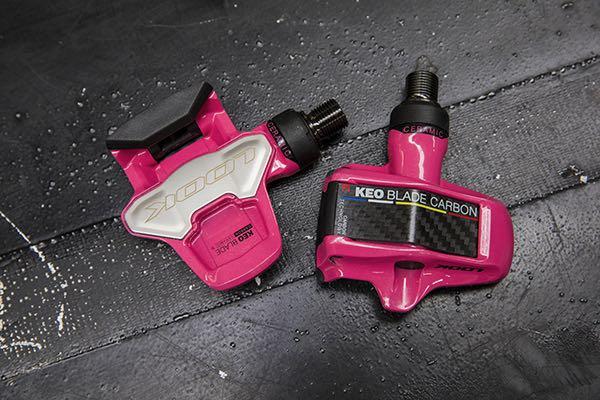
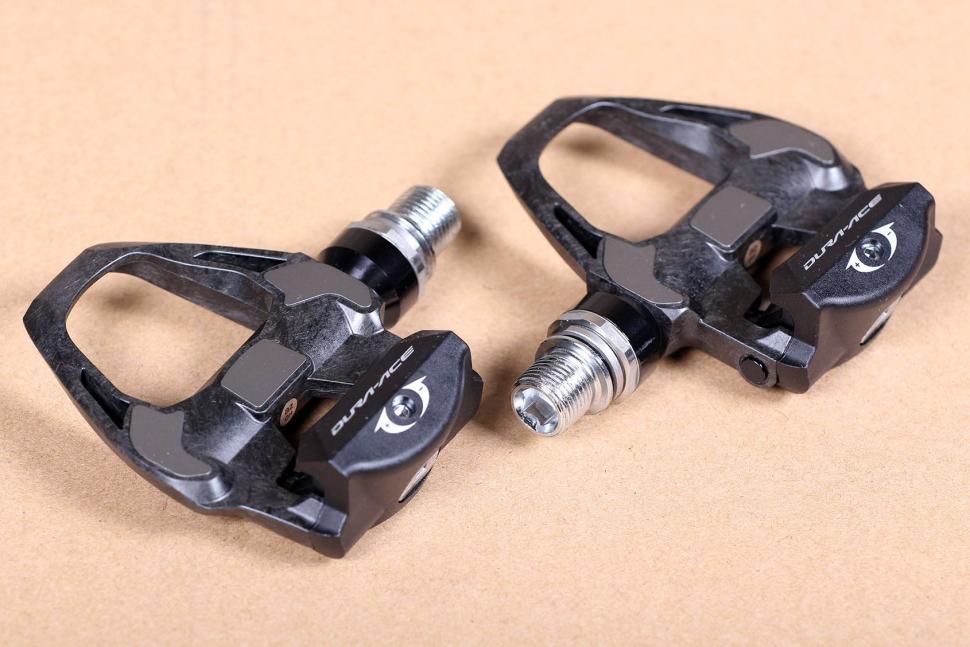
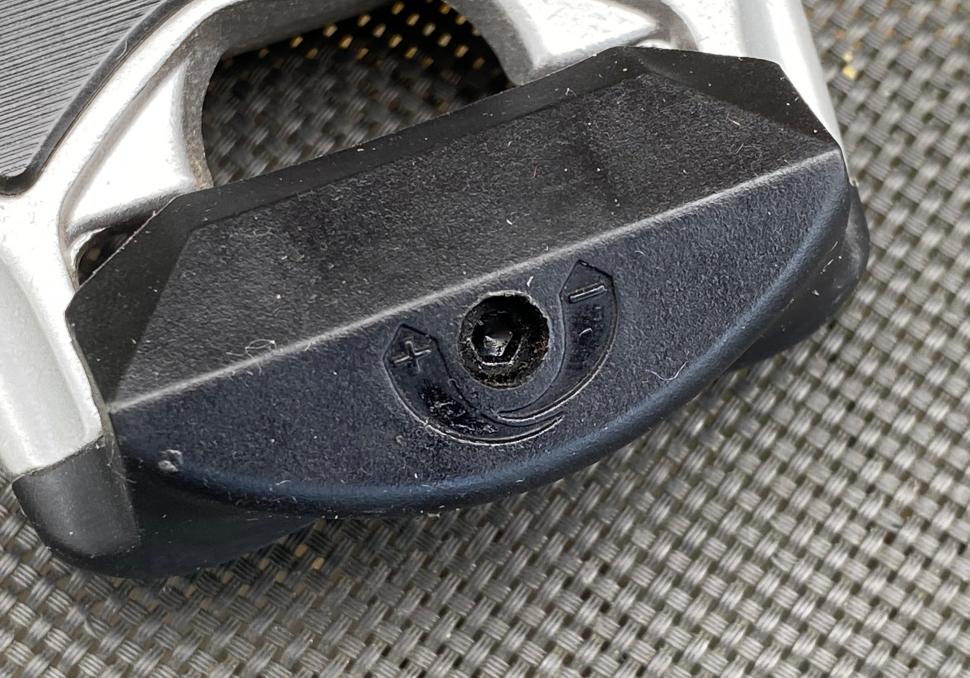
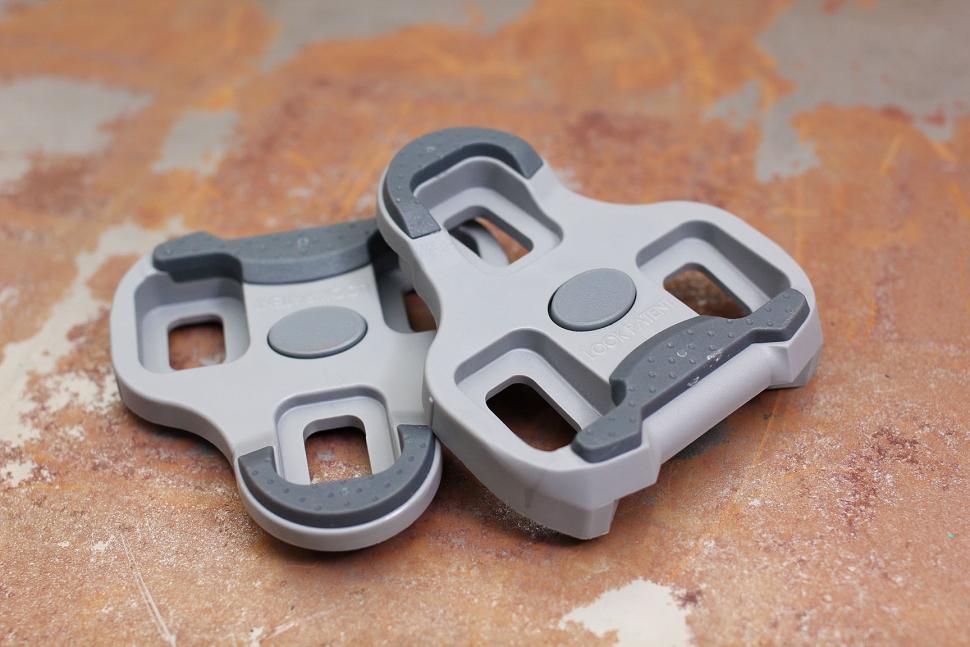
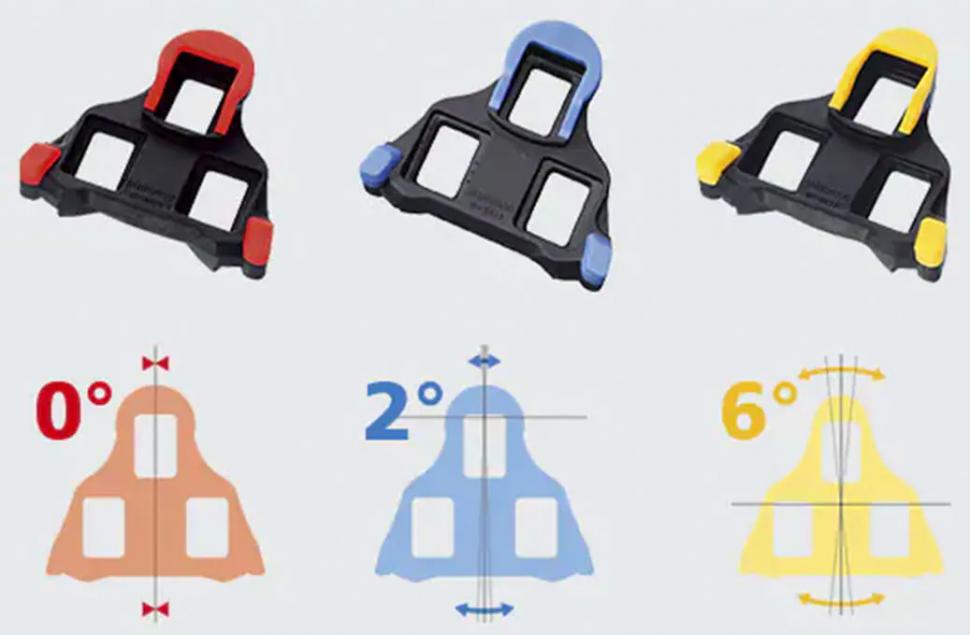
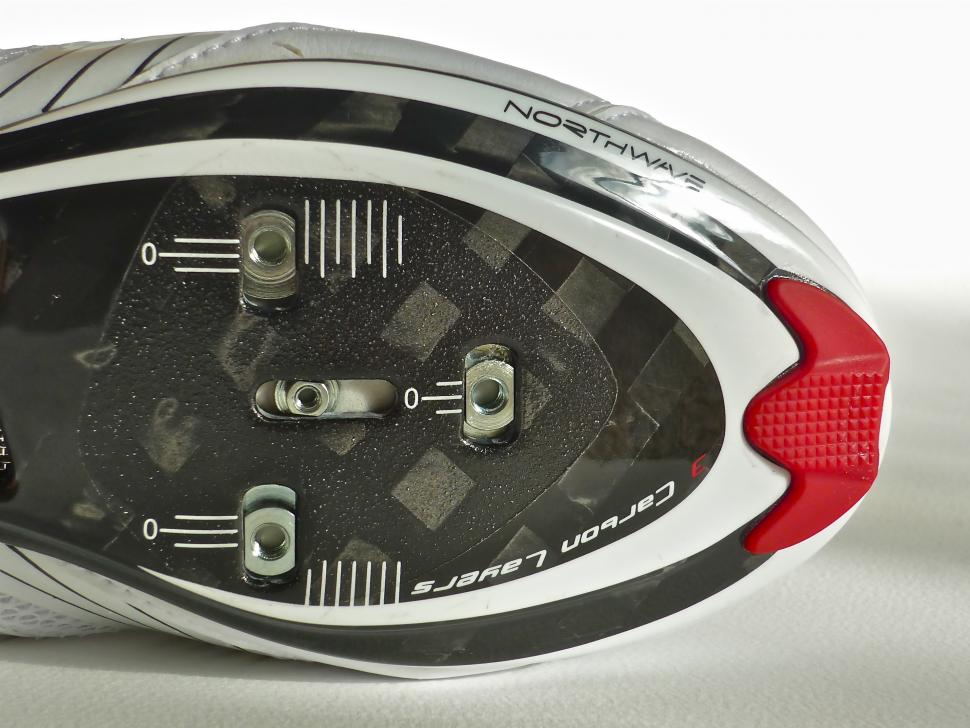
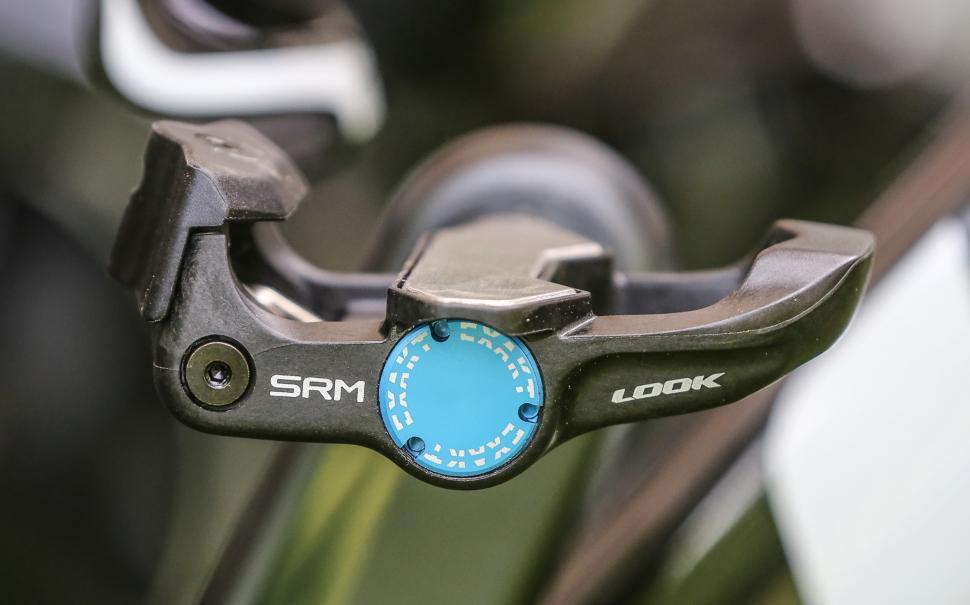


Add new comment
11 comments
I bought new Look pedals to give them a try after using Shimano for a long time. I got rid of them fairly quickly because the narrower cleat base under my shoes made my shoes dangerously unstable to walk in even a little bit.
I'm a bike mechanic. If someone reports a creaking BB on a bike with Look pedals, the first thing I do is switch the pedals and see if it disappears; often it does because the Look bearings wear out fast. This is almost never the case on a bike with Shimano pedals, whose bearings are FAR superior and way easier to service. Due to this, I wouldn't recommend Look pedals to anyone.
This comparison seems a little bias to me, but that's probably because I am a little bias the other way.
I believe that Shimano provides a significantly better product compared to Look, with the differences being;
- Bearing quality / durability
- Cleat durability
- Functional stack height
- Noise, or lack of in the case of Shimano
Of the above poiints, Look have admitedly closed the gap in recent years, adding pontoons to the cleats so you dont directly walk on the pedal / cleat mating surface as before.
Look have seemingly - if the quoted figures are to be believed - closed the stack height gap, although I'd be keen to compare how the stack heights have been measured, and how figures compare for the mid-range options most of us will use. rather than the extremes. As an aside, stack height is actually fairly influencial on pedaling dynamics, contrary to what the article suggests.
All that said, your Look bearings will still wear faster, and your Look cleats will start rattling and creaking sooner than Shimano pedals.
Float is a fantastic marketing gimmick. For years before clipless pedals came out we all used toe clips and straps which had no float at all and I never heard anyone complain about bad knees because of the lack of float and I was regularly doing over 10,000 miles a year. I now use Look pedals with fixed (no float) cleats and don't have any problems.
I always found there was wiggle room with toe clips. You're saying I was doing it wrong?
Used Time pedals for over 30 years. Only used 2 models, the original Equipe and then the RXE/RXS pedals. Tried some early Look pedals but hated them. The entry was unforgiving if you got it wrong and the cleat float had no resistance so it felt really unstable.
also use time since they came out - look didnt agree with my right knee
besides that as far as i know shimano pedals are just a licenced version of the origional look pedals
Used both, really couldn't tell the difference
Shimano better as you can use a pedal spanner to get them off whereas look you can only use an Allen key.
I moved over from Shimano to Look. Miss the feel of Shimano - the blue cleats, especially. However, I now run Assioma power pedals, so it just makes sense to have one cleat/pedal setup on the turbo, etc. Now- I'm absolutely on board with the Look Pedals; the power transfer is great, the overall "feel" is positive and dependable.
Had Look pedals on all my bikes for over 20 years, got fed up with poor build quality, bearings made of cheese, plastic bodies that wear down and carbon springs that would pop out if grit got behind them. Also, cleats weat quickly. Took the plunge and went to Shimano, more expensive but bearing quality is superb, cleats much stronger and all in all better quality and longer lasting. Review above doesnt really cover these points
I made the switch for the exact same reason this year. The Faveros are fantastic pedals, but they are a pain to clip in to, just because they spin soooooo freely.
The other issue I've had is that "Keo-compatible" seems to a vague term: the Faveros are flawless with the supplied Xpedo pedals, but I've had to switch other bikes to Look pedals, and some shoes to Look cleats - when crossing the streams (Look cleat on favero pedal, or xpedo cleat on Look pedal), the experience is unconvincing; I can clip in, but there's no reassuring click.
Also agree with @Sjl wrt Shimano's reliability - I did zero servicing on mine, and they never let me down, whether bottom of-the-range, or flashy carbon jobbies